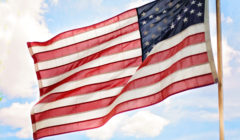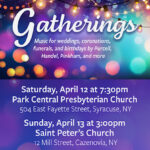Speaking of Histories
Individuals, families, communities, nations, cultures and cultures within nations all have historical summaries and timelines that guide their thinking and belief. Every belief we hold connects to something we were told, read, saw, experienced and/or any combination thereof.
There is much new research about cognition, neural connectivity, and memory all of which serve as building blocks of history: personal and collective. Studying brain research won’t heal a fractured brain or disarranged historical (episodic) memory. However, knowing how one’s general neurology works can improve one’s chances of personal self-regulation and autonomy going forward. 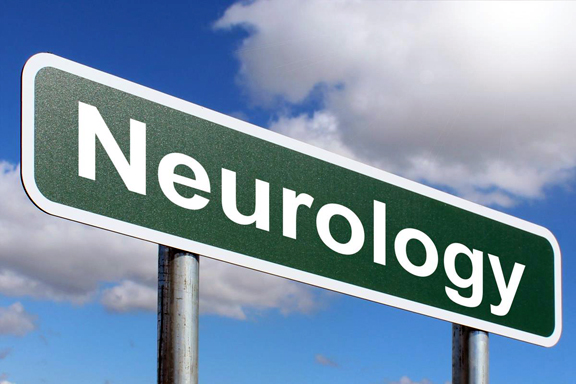
We all start off in life needing food. Neurons that fire together wire together. A person whose first cries for food are met might grow up to believe that he or she has power over events and outcomes. Someone whose cries go unanswered will likely experience anxiety and, feeling helpless, grow up to credit/blame outside forces for everything. It should be a given that outside forces always shape us before we have any power to shape ourselves, still, many of us believe in an American Dream in which all individuals are autonomous and personally responsible for all personal outcomes even amid deprivation and chaos.
The early new world colonists’ emotional self-regulation and autonomy developed in context. The Fourth of July brings fireworks, sparklers and flag waving celebrating America’s Declaration of Independence from England and its taxation without representation. We don’t hear as much that some of today’s socioeconomic issues connect back to those of England, the small, populous island kingdom whose need for food, markets and resources created an empire upon which, in the past, the sun never set. Over a century after the first Englishmen and women sailed to, and/or were deposited on, the new world’s shores to, variously, escape London’s licentiousness, reduce London’s overpopulation, or labor as indentured servants growing tobacco, the more educated and successful colonials began to chafe under England’s use and abuse of its colonial subjects.
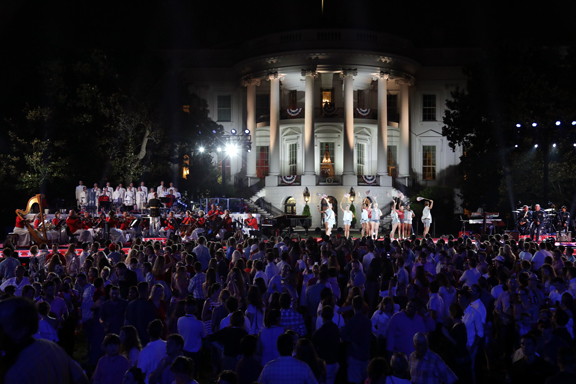
On July 4, 2018, the Marine Chamber Orchestra performed for the Fourth of July at the White House program featured live on the Hallmark Channel.
Lin-Manuel’s “Hamilton” imparts some of the history within US history, with the story’s historical characters reflecting the same values we see in conflict today. Then and now, power seeks to compel loyalty. In “You’ll be Back,” a hurt King George III sings to his colonists that he will “send a fully armed battalion” and “kill your friends and family to remind you of my love.”
I often reflect on history and it on me.
In 1492, Spain financed Italian navigator Christopher Columbus’s attempt to reach India via the Atlantic. In his confusion, Columbus referred to the indigenous residents of this newly “discovered” world as Indians.
Then and now, we learn as we go.
America is named for mapmaker Amerigo Vespucci.
Our nation claims to have no class system, but there are always people trying to put other people “in their places.” There is, or should be, logic to how we think, and, in our always multicultural USA, we learn how to think and act amid mixed signals. My own speech patterns developed in a working-class neighborhood where I attended a parochial school which taught the “King’s English.” I learned that I must not end a sentence with a preposition, but found myself accused, when I followed this rule in casual conversation, of displaying an attitude up with which others did not want to put.
Who do you think you are, anyway?
Who are we?
I have heard South Americans and Canadians express both amusement and irritation that US Americans see themselves alone as “American.” Historical placards in Ontario not far from the 1000 Island Bridge describe “us” not as the US, but as “rebels.” Fort Henry in Kingston was built in 1812 in loyal colonial Canada to protect the Royal Naval Dockyards on Lake Ontario from us, and to keep the St. Lawrence River open and safe from us for shipping to Canadian river ports to the east.
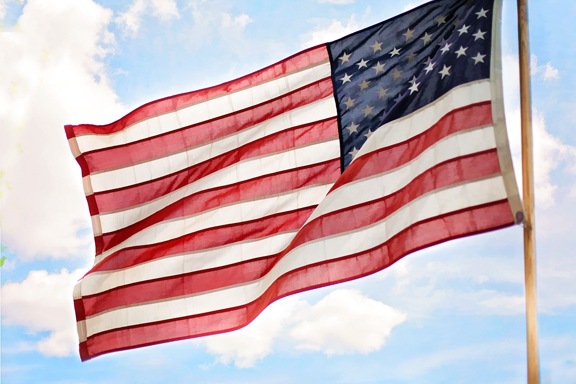
The War of 1812 lasted until 1815.
The “Star Spangled Banner” commemorates not the American Revolution, but rather, a US victory over Britain’s attack of Baltimore Harbor in 1814. Lawyer Francis Scott Key wrote the poem The Defence of Fort M’Henry when he saw the flag, with 15 stars and stripes at the time, still flying after the battle. The lyrics set to music became our national anthem.
During the War of 1812, Fort Ontario in Oswego served as a supply source for the US Naval Base at Sackets Harbor. Fort Ontario’s website states that the first white man arrived in Oswego in 1653. The British first built the fort in 1755. The American independence fighters destroyed the fort in 1778; the British rebuilt the fort when they reoccupied Oswego in 1782. In 1796, the British left Oswego, turning the fort over to the United States.
In 1944, Fort Ontario served as a temporary refuge for 982 European Jews who successfully fled the Nazis. Many such seekers found no such refuge. The Safe Haven Museum at Fort Ontario provides some of the sad history of that time.
Fort Ontario is named for one of the Five Nations of the original Iroquois Confederacy or Haudenosaunee: the Mohawk, the Oneida, the Onondaga, the Cayuga, and the Seneca. In 1722, the Tuscarora joined the confederacy which then became known as the Six Nations.
Some history suggests that Norse explorer Leif Erickson established a Viking settlement in Newfoundland 500 years before Columbus sailed the Atlantic.
We’re all here now.
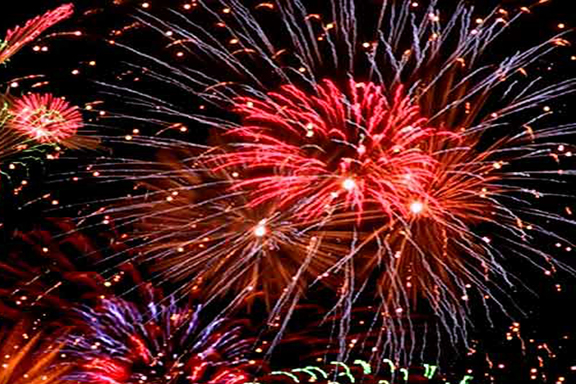
Fireworks are prohibited on Ellsworth Air Force Base, S.D., and Airmen should check with city and county officials before lighting any type of fireworks. Base officials urge residents to ensure they review all safety guidelines and make certain they are in any area where fireworks are authorized before lighting any devices. (U.S. Air Force graphic by Airman 1st Class Zachary Hada/Released)

